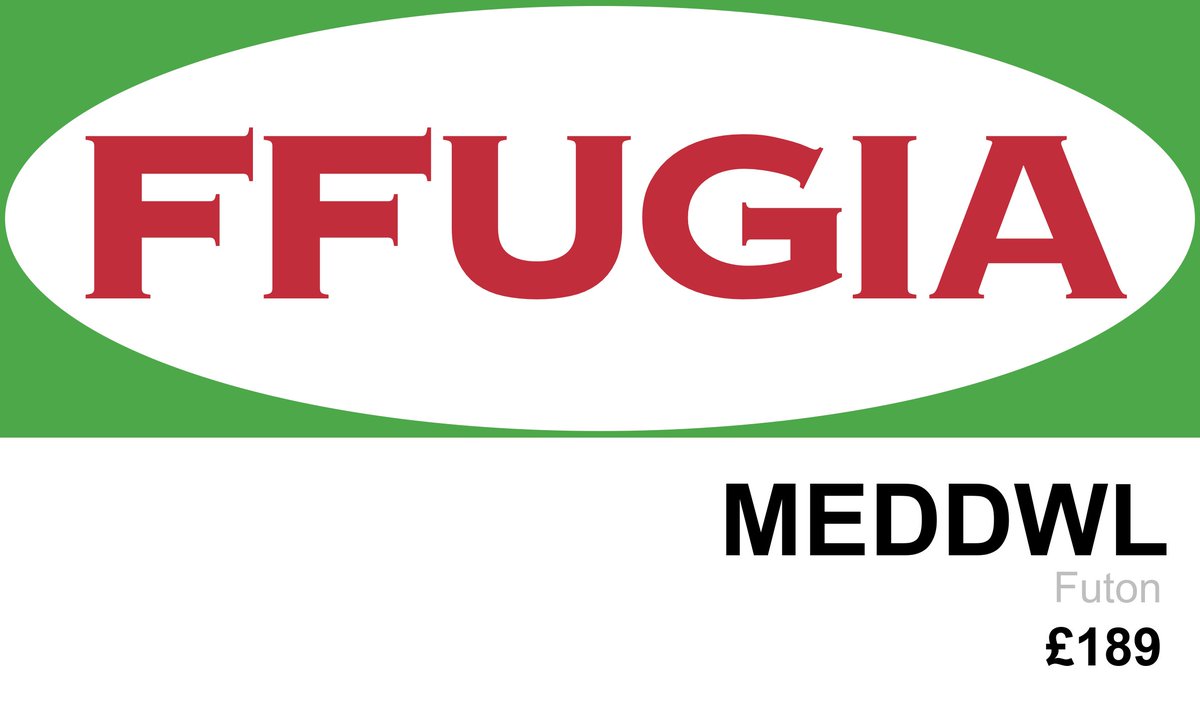In today's "Iconicity" class, I ran a little kiki–bouba experiment on my students, but I wanted to expand it into including a part on "articulatory plurality"...
First off, they seemed to exhibit the expected kiki–bouba preferences.

First off, they seemed to exhibit the expected kiki–bouba preferences.


Then, they seemed to prefer (partial) reduplication over no reduplication for an inherently plural (dual) shape, even though I was deliberately breaking the kiki–bouba pattern for the sounds/letters involved... 



Lastly, they also preferred a fully reduplicated form over a partially reduplicated form as a label for a shape with many individual parts!
Yay, articulatory plurality and #iconicity!

Yay, articulatory plurality and #iconicity!


• • •
Missing some Tweet in this thread? You can try to
force a refresh












